One single pole switch, one 3-way switche and one four way switch were to be ganged at a location where leaving a living/dining space, entering a hallway; living and dining lights turn on/off, hallway light on/off.
The center of the three switches appeared to control nothing; certainly not the hallway light that was intended. We were unable to locate any other fixture controlled by that switch. We pulled the box apart, and found that the switch was supplied by 14/3 w.g. The switch device is single pole. The white wire is nutted to the rest of the neutrals in the box. The red and black are in and out of the switch. We started to put a meter on the wires, to see if they appeared controlled by other 3/4 ways around the place. Initially I got 110 on one side of the switch and 0 on the other when “off”, and 110/110 when “on”. Then the other guy started flipping other switches. At one point, on the “off” side, I got a reading of around 15 volts. Later, I tried just putting the meter across the switch itself when “off”, and got about 55 volts between the hot and the other side.
Two questions: first, of course, what’s the source of these weird voltages? Is there a neutral current feeding into this somehow? Found myself totally baffled. Second, would there ever be a situation in which a realdeal electrician would have the hookup I described, i.e., white to neutral, red and black to single pole switch.? I couldn’t think of a situation where that would be done. The closes I could come was: if the power from source is entering the light fixture first, and you want to switch that fixture and also feed power through to others. But then you’ld have the power into the switch itself running from a pigtail, so as to supply the other devices. That doesn’t happen here; power direct to switch, nothing else attached to it. I had gotten very big speeches from the electrician about what pros he and his guys are; all licensed, all trained, blah blah. Any excuse for any of this???
Thanks guys.
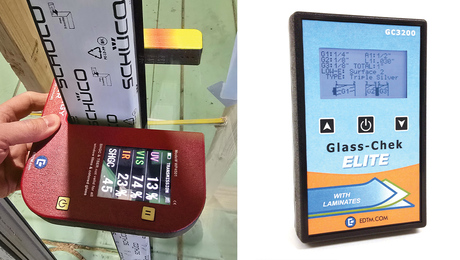
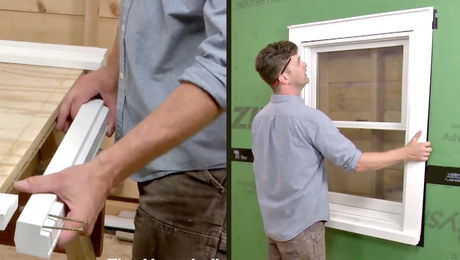
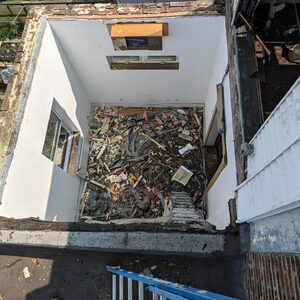
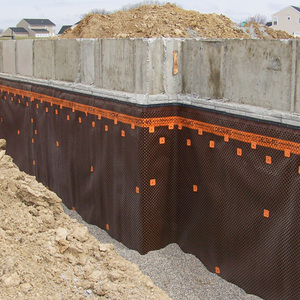

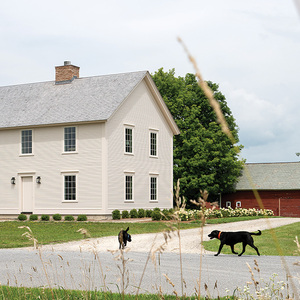













Replies
" I got a reading of around 15 volts. Later, I tried just putting the meter across the switch itself when "off", and got about 55 volts between the hot and the other side.
Two questions: first, of course, what's the source of these weird voltages?"
I am Karnac. Let me hold up the envelope that has been sealed in an old mayonise jar.
The answer - Digital Voltmeter.
Opening the envelope the question was, what did Pertz use to measure the voltage on his "3-way switch".
That is a common problem of digital voltameters. They are vary high impedence and the wires will act as antennas and sense voltage via capacitive coupling to other circuits.
If you put a light bulb as a load and measure across that it would have been zero, at least for the 5 volt case. The other case (55) could have had to lights in series. Don't know how many mistakes ther might have been.
"Second, would there ever be a situation in which a realdeal electrician would have the hookup I described, i.e., white to neutral, red and black to single pole switch."
There is one that I can think of where a SINGLE 14-3 cable would be used as in a switch leg. That is if you want to be able to add X-10 devices. They require a neutral. However, the neutral should not be tied to anything in that case.
Now there are all kinds of applications where you would have a 14-3 and another cable, either 2 or 3 wire connected.
A common application is for switched receptacles in a room. Power comes in on a 14-2, Then the 3 wire cable going to the receptacle has both a alway hot (black) and the switch hot (red).
In my kitchen I have a pair of switch as the entrence. 14-2 in to the box. Then one switch that controls can lights over a eating bar via 14-2. Then a 14-3 that feeds the center kitchen light and then the light 14-2 to the over the sink light.
" I had gotten very big speeches from the electrician about what pros he and his guys are; all licensed, all trained, blah blah."
But what is he doing to fix it. THAT IS THE QUESTION.
Seems like an "honest mistake". I could see how it would happen. That is a fairly busy box. And specially if he had a "help" install the siwtches.
NOT a digital meter: an old, little radio shack piece of crap multimeter i carry in the truck all the time. i think it cost about eight bucks about twenty years ago. Not a digit to its name.
You mention that there could be lights in series that account for the voltages. tell me more, why would lights operating on the circuit cause that??
None of the kinds of circumstance you describe for use of a three wire cable seem to apply here. this cable is feeding nothing downstream or separately that would account for it.
As for "what is he doing to fix it"; that's my worry. I've seen plenty of situations over the years where things seem to work correctly, and, when you actually look at what was done, although it "worked" it was dangerous as hell and totally wrongly wired. E.g., neutrals just hooked to any old ground. I figured if I understood what had happened here i'd have half a chance of knowing whether he really repaired the situation, or just found a work around that makes it look right while staying wrong. And while, sure, anybody can make errors (you're talking to a real pro in that department) I have come to generally mistrust this man and would like some way to confirm he's actually corrected it, not just "got it to work".
I do appreciate your reply...this is a bit thick.
Pertz
"As for "what is he doing to fix it"; that's my worry. I've seen plenty of situations over the years where things seem to work correctly, and, when you actually look at what was done, although it "worked" it was dangerous as hell and totally wrongly wired. E.g., neutrals just hooked to any old ground."I know what you mean. Just before I moved into my house I remember the electricans helpers, that where installing final switches and lights comment that they had a bad piece of cable and the electrican was on vacation, but they found a way to work around it.Did not dawn on me that there would be any problem until 10 years later when I was doing some painting and I removed the cover plate in the living room and the kitchen lights flickered.Seem that there was a nail through the 14-3 cable that I mentioned before. They cut the ground and neutral wires at that switch. Then at the light fixture then cut loose the ground and neutral on the bad cable and tied the neutral to the ground wire for the cable that continues on.That only worked because 2 boxes later there was a multi ganged box that had switches on differrent circuits. The grounds for each circuit where just pushed into the box and just touching. (Now code requires that all ground in a box be tied together.).An analog VM can also have false readings, but much less likely, specially the cheap ones.What you need to do is to go the other switch (I think that there was just another 3-way on it and not a 4-way) and ID the wires there and also ID the wires at the light.You will probably end up pulling all of the connections loose to help ID them. But don't do that yet and make a record of what you see at those 2 locations.BTW, do you have access to a tone generator/detector? Now needed by handy for IDing the wires.Here is a link showing all of the combination of ways that a 3-way circuit might be wired.http://www.selfhelpandmore.com/switchoutlet/3way/index.htm
Pertz,
I would make a testing device from an outlet. Break of the connecting tab on the power side of the duplex outlet, wire one outlet to the hot side of the switch and the other to the switched side. Plug two lamps in.
Make a truth table:
When filled in, circuit should be obvious to the most discerning mind.
SamT
The low voltages probably represent capacitive pickup. Even with a cheap analog meter you can still get some capacitive pickup, especially when a live black wire is fed in the same jacket as the wire you're metering.
However, they could represent leakage due to a bad connection somewhere.
The wiring of that switch is (potentially) legit, if odd. Basically it's a switch leg, but whoever wired it (if this was old work I'd suspect a college professor) used 3-wire cable so as to maintain a true neutral, even though code doesn't require that.
There is a part that is slightly illegit, though -- the wiring of the neutral to the other neutrals in the box. This is generally bad practice, though I don't think it's necessarily a violation of code.
Just got me curious, but why would connecting all the neutrals in the box (assuming, as in this case, its the same circuit) be a no-no? and how would it otherwise be done?
"(assuming, as in this case, its the same circuit) be a no-no? "That is the basic policy making sure that they are all on the same circuit.When you have a large gang box, with a combination of circuits with switch legs and others with power feed to the switch. Then throw in a couple of 3 or 4-ways and the only way to make sure that circuits are not crossed is to keep the neutrals separate.
Sorry, I'm being really thick here: if there are two circuits in the box, ok, you nut together the neutrals for the separate circuits. how do you separate beyond that? Or are we talking about not using white wires for switch legs?
"Or are we talking about not using white wires for switch legs?"Who said that we have switch legs?In one 3 gange box you might have one single pole switch leg, one 3 way with the with power at that switch and with a cable that extends it along with the netural and traveler to the other end where the light connection is made, and another 3 way where both power and lights are connected at that end.And each of those 3 different switches might be feed from 3 different circuits.And if I counted right you have 7 different "white" wires, 2 of which should be remarked hots, but often arent'.
gotcha, thanks. the white/hot program is a real problem...
As a general rule, for EMI reduction, load calculations, etc, the net current flow in any piece of romex should be zero. That is, as much current should be coming back as goes out. If you tie neutrals together then neutral current can end up flowing back a different way from the way the "black" current is flowing, upsetting the balance in the cable. Among other things this can create fairly strong electromagnetic fields that can cause radio interference, and which are not generally considered good for humans.Also, if you tie neutrals together it can make troubleshooting a confused circuit like the one discussed even more difficult.